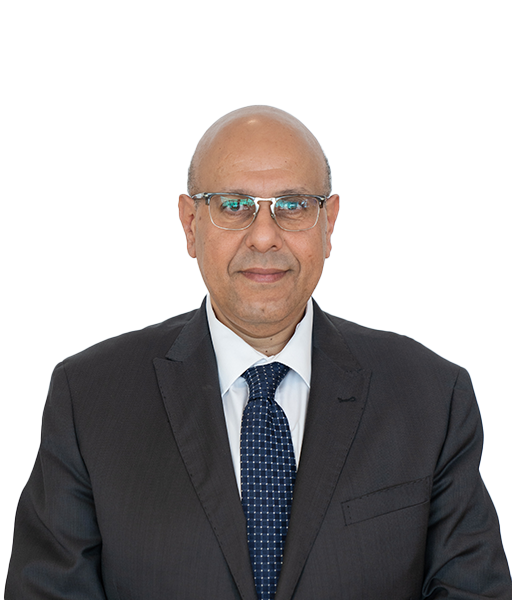Starting August 1st, 2021, Prof. Wael Akl has been appointed as the President of Nile University. Prof. Akl finished his Ph.D. from the Mechanical Engineering Department, University of Maryland-College Park in 2004 in the field of smart materials and ever since, Dr. Akl has been engaged in research work in the field of smart materials and structures with over 48 international publications with a focus on Acoustic Metamaterials for the past 5 years. Prof. Akl has been granted a Research Faculty Fellow and visiting professor at the University of Maryland for 10 years in a row starting 2006. Prof. Akl is the co-founder of the Group for Advanced Research in Dynamic Systems (The largest research group at Ain Shams University).
Starting 2008, Prof. Akl joined Nile University and undertook the responsibility for establishing the Mechanical Engineering track, where he founded the Mechanical Engineering undergraduate program in 2012, FESTO Authorized and Certified Training Center (FACT) in 2013, the Mechatronics Erasmus Joint Masters Program (EU4M) in 2014 and the Smart Engineering Systems Research Center (SESC) in 2017 at Nile University. In 2012, Prof. Akl was appointed program director for the Mechanical Engineering Program; and in 2016, he was promoted to Professor and was selected to lead the School of Engineering and Applied Science at Nile University as the Dean when he re-structured the school, established new academic bylaws and launched Quality System at the school and the institution leading to Pearson (UK) accreditation of Nile University in 2018. In 2009, Prof. Akl received the National Encouragement Prize from the Academy for Scientific Research and Technology (ASRT).
Prof. Akl has been the PI and Co-PI for several research and capacity building grants funded by STDF (Egypt), FP7 (EU) and TEMPUS/ERASMUS+KA2/ERASMUS MUNDUS (EU) addressing academic capacity building systems in Egypt focusing on bridging the gap between academia and industry, exploitation of technology in domains such as education for STEM and special needs, vocational education systems, using virtual reality technology and e-learning approaches for the improvement of various academic disciplines, intelligent quality-tailored higher education institutions reform. Prof. Akl has managed to attract over 350 M EGP international grants in Egypt for research and/or Higher Education Capacity Building. Along with his position as the dean of the School of Engineering at Nile University, Prof. Akl has been a consultant at NAQAAE and among the leading team to develop Egypt’s National Qualifications Framework (NQF) in 2016/2017.


